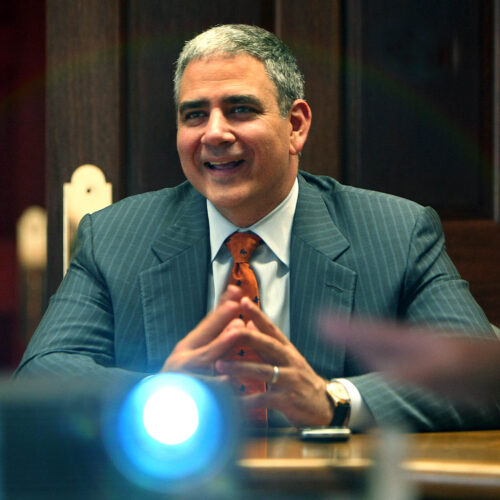“Unprecedented” decline in teen drug use continues, surprising experts
Teen drug use continued to fall in 2024, extending a dramatic decline spurred by the COVID-19 pandemic that experts expected would reverse now that the acute phase of the global crisis is well over.
But, according to data released Tuesday, the number of eighth, 10th, and 12th graders who collectively abstained from the use of alcohol, marijuana, or nicotine hit a new high this year. Use of illicit drugs also fell on the whole and use of non-heroin narcotics (Vicodin, OxyContin, Percocet) hit an all-time low.
"Many experts in the field had anticipated that drug use would resurge as the pandemic receded and social distancing restrictions were lifted," Richard Miech, team lead of the Monitoring the Future survey at the University of Michigan, said in a statement. "As it turns out, the declines have not only lasted but have dropped further."


© Getty | Rafa Fernandez Torres

































